
I've been meaning to write a buyer's guide to the Maserati Granturismo for a long time... and here it is at last!
As the owner of a 2009 Granturismo S 4.7 L since 2019, I think I now have enough hindsight to share some advice with those considering buying one. Because yes, every time I do christenings with this car, there's always at least one passenger who ends up saying to me, "She's incredible, what do you recommend if I want to buy one?"
So why did I buy it? Simple: in 2019, Maserati announced that its future cars would no longer have Ferrari engines. That alone was a clincher for me. Then there's the design by Pininfarina, timeless, elegant, and as good as ever today. And it's a true 4-seater. With my daughter, who is now 5, the car seat fits perfectly in the back.
In short, with the Maserati Granturismo, you get a true 4-seater GT, a Ferrari engine, Pininfarina design, and all made in Modena. Try to find another car that ticks all these boxes... there aren't any! Honestly, if I were ever to replace it, I'd have to switch to a Ferrari FF to find a 4-seater tourer with a Ferrari engine. So, what do you need to know before buying one? Let's get started!
The 4 main versions
The first is the 2008 Maserati Granturismo 4.2L, equipped with the Ferrari engine. It's easily recognized by its flatter trunk spoiler and white headlamps, unlike later versions, which will have black ones. This is the "discovery" version, the entry-level used car. Today, it's also the least expensive... but it's no less interesting. Even though it's a little less powerful and has a more sober look, it retains all the qualities I mentioned earlier: charm, sound and Pininfarina styling.
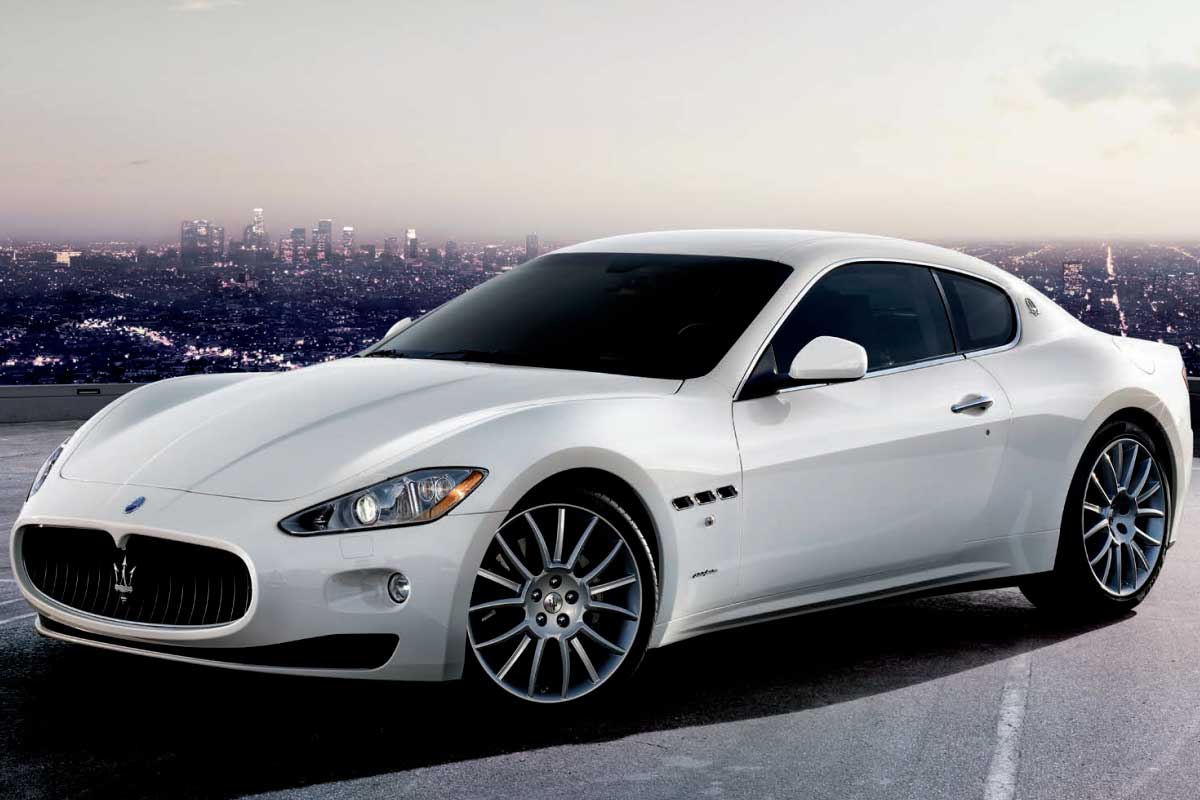
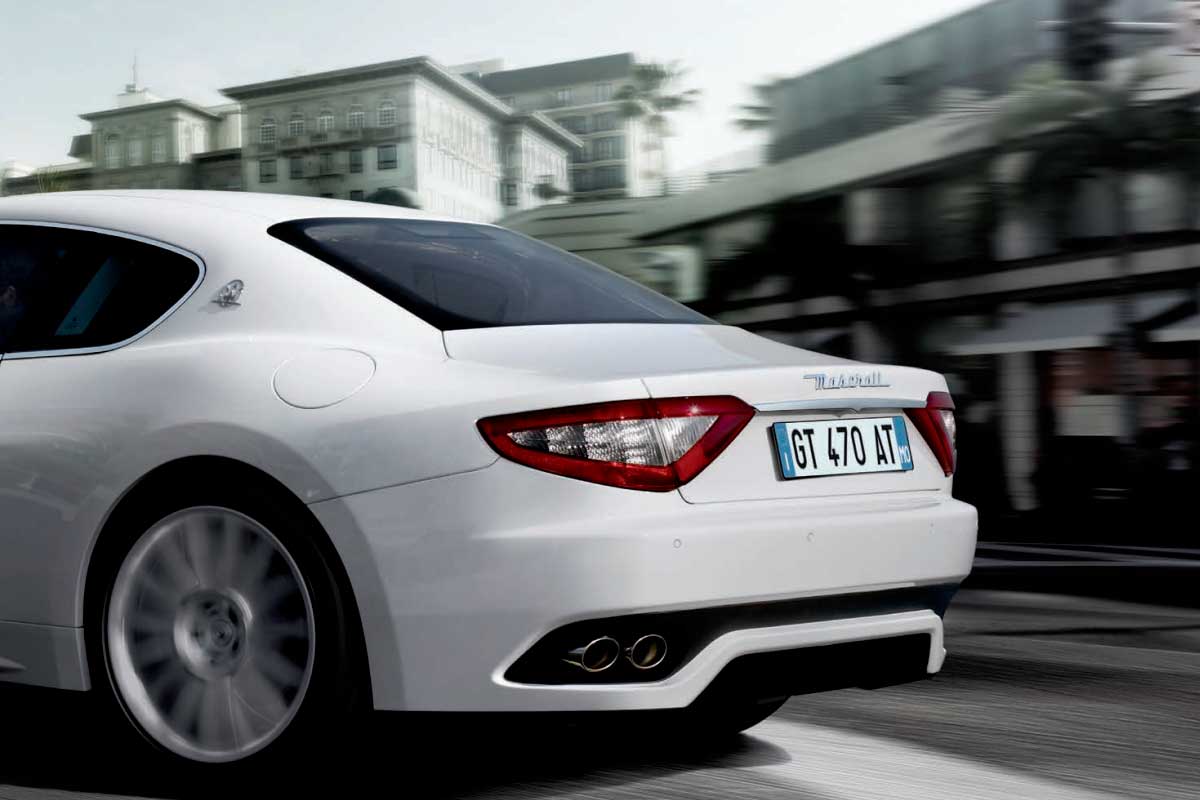
Then comes the second version, the one I own: the Granturismo S 4.7L, launched in 2009. The engine gains in power and character. The front lights, spoiler and tailpipes have been redesigned. It's a fine balance between elegance and sportiness.


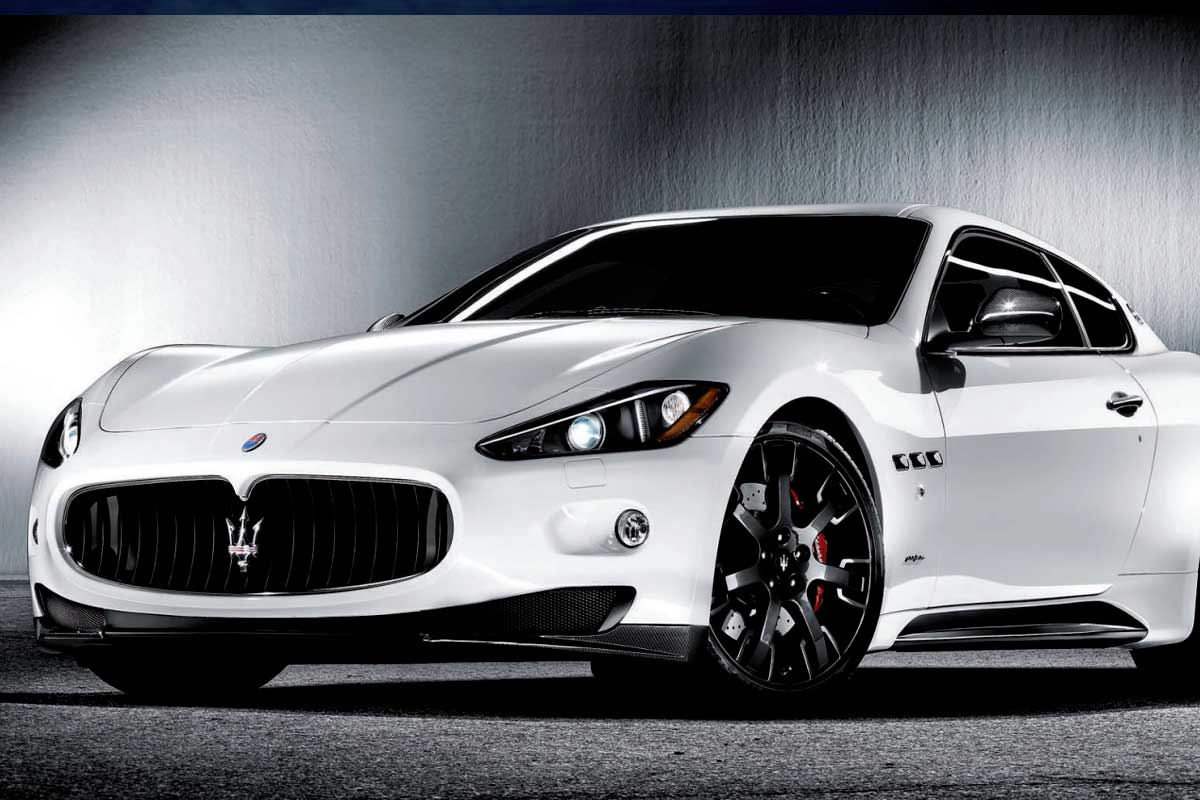
The third version, often referred to as Phase 2 and appearing in 2012, is perhaps the most sought-after. It introduces a modernized interior with new seats, a redesigned steering wheel and revised counters. On the outside, the front bumper has evolved. The engine, on the other hand, remains virtually unchanged. There are two variants here: the "classic" version and the more radical MC Stradale, with a new, even more aggressive front bumper, side air intakes and a lightened interior - some without rear seats! In short, this is the most accomplished version, and the most sought-after by collectors.


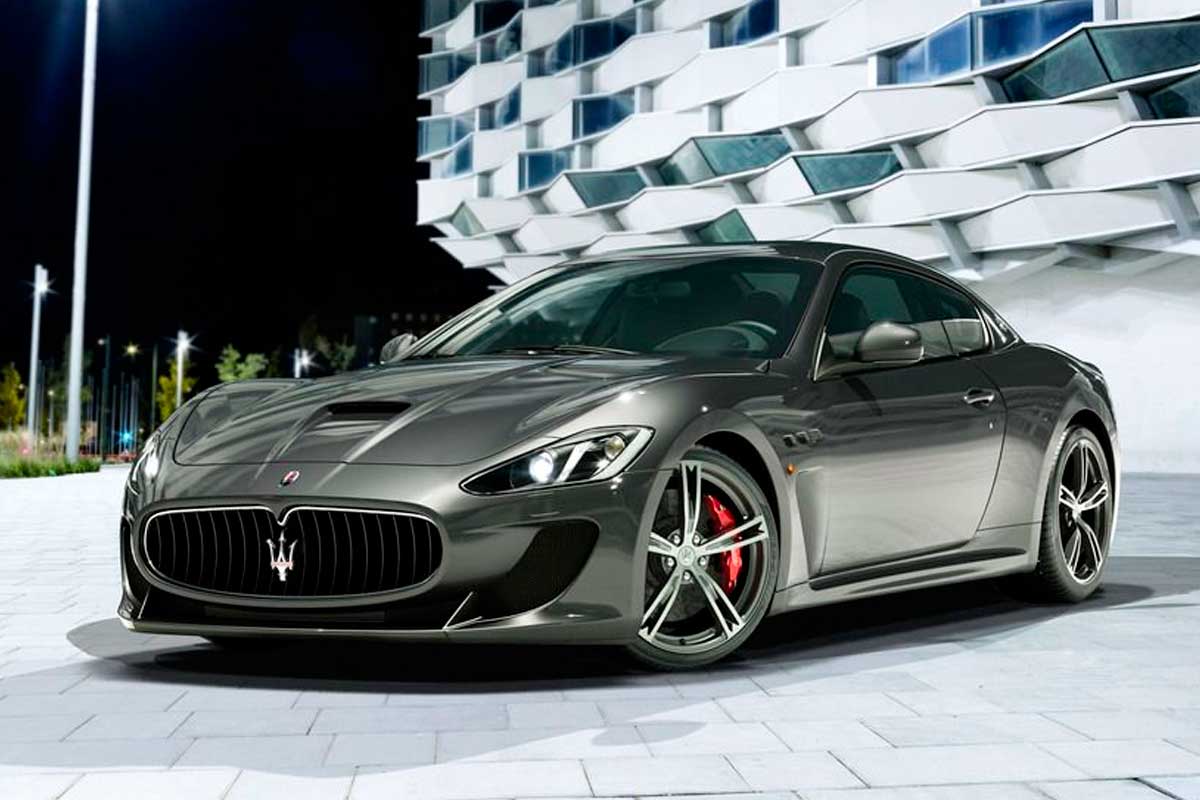

Finally, the fourth and last version of 2018 brings a new front bumper and some minor retouching. A new multimedia system too. Nothing revolutionary, but it's the last evolution of the Granturismo before its replacement, and that's enough to give it a little extra symbolic value. In terms of power, the MC Stradale 4.7L boasts 460 hp, up from the 405 hp of the first 4.2L version.

Gearbox: ZF or F1?
Now that you're familiar with the different versions, let's talk about an essential point: the gearbox. There are two types on the Granturismo: ZF and F1. If I'm not mistaken, the ZF gearbox is virtually systematic on Grancabrio models (or else the rare F1 models are truly exceptional). On coupes, on the other hand, you can often choose between the two.
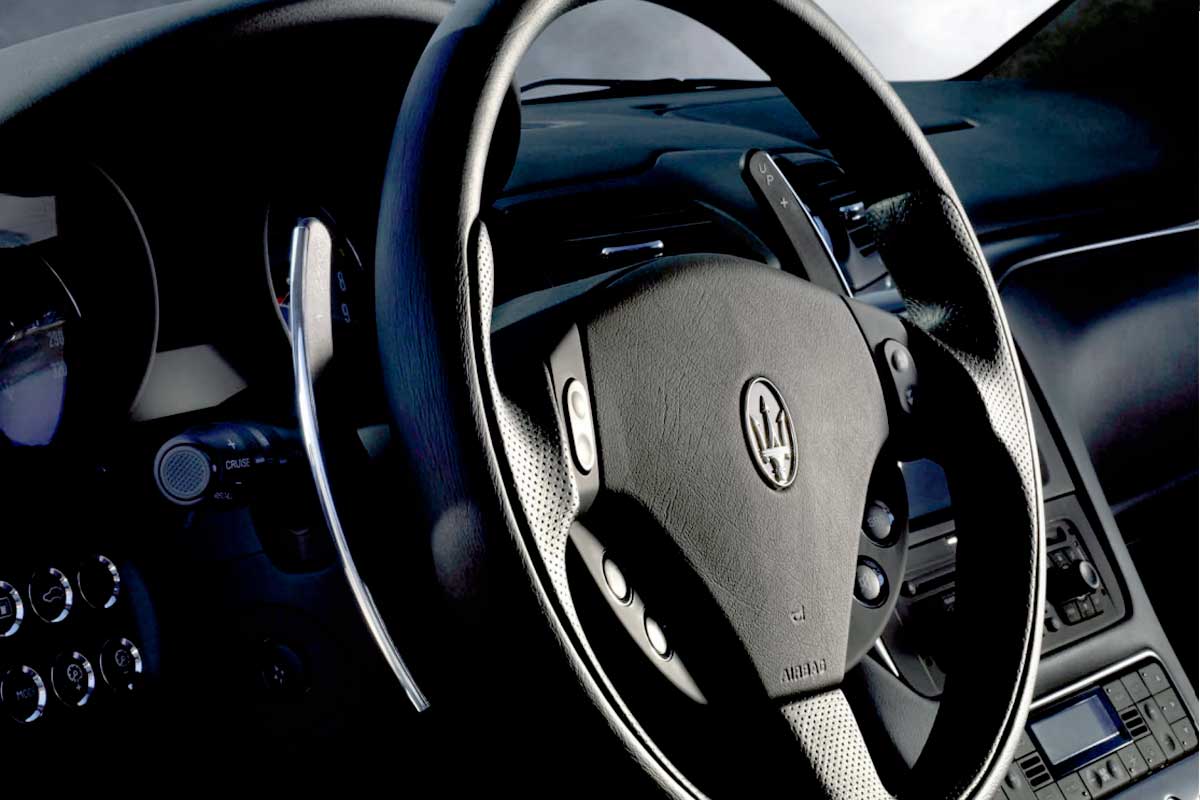
This is where personal opinion comes in. In short, the ZF gearbox is smoother, more versatile and less costly to maintain. The F1 gearbox, on the other hand, is rougher, more direct, and inevitably more expensive to maintain. Some will prefer the ZF for its comfort and day-to-day reliability. Others, like me, will be attracted to the F1 gearbox for its character and unique sensations. Yes, it's not at all suited to city driving... but once you're out of the traffic jams, what a pleasure!
Is it reliable?
It's a question I get asked all the time. And people often confuse reliability with normal wear and tear on a car. I asked the head of the Maserati workshop several years ago, and he told me that he'd already seen a Granturismo exceed 200,000 km without any problems. The Ferrari engine is very reliable, provided it's properly maintained, like any other engine. The most important thing: always ask for the complete service history.
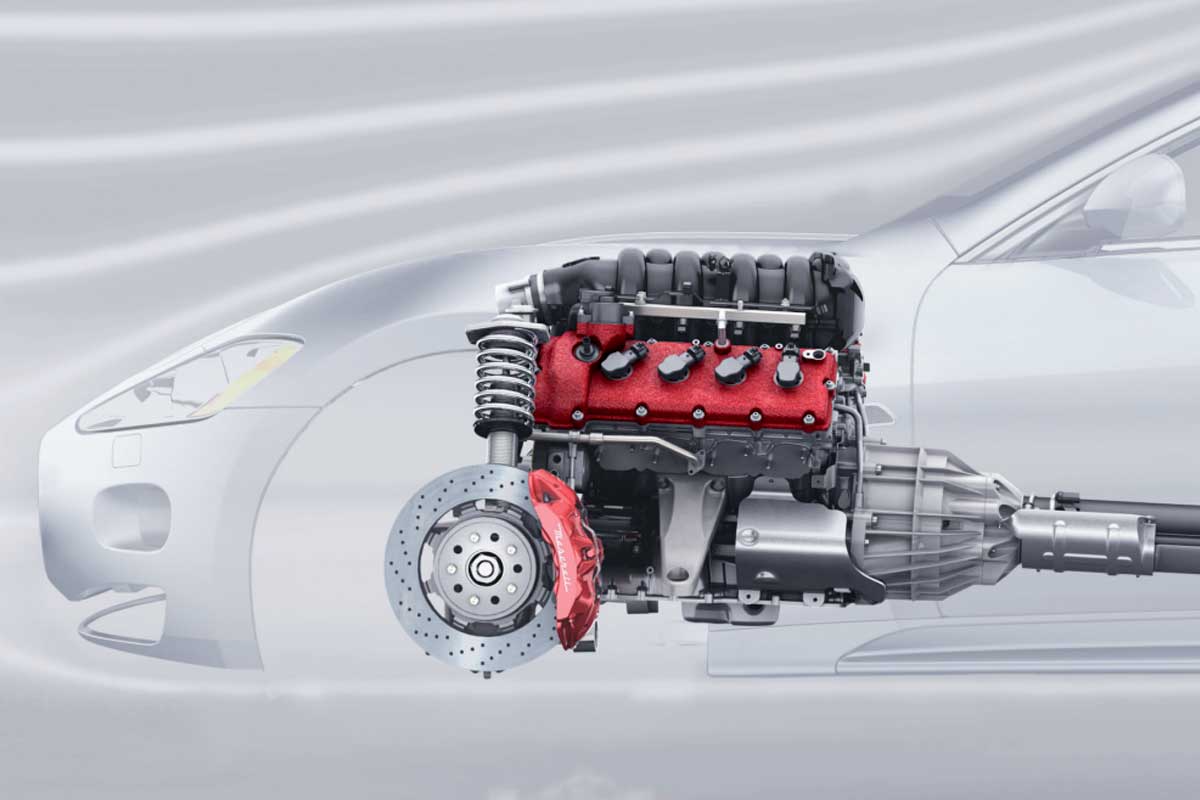
The sticking point is the gearbox. The ZF is more durable, and parts are less expensive. The F1 gearbox, on the other hand, requires a little more care: if misused, it can wear out faster, and parts are expensive to replace. But used properly, it poses no particular problems.
A few tips to preserve it: put the car in neutral when stationary, and take your foot off the gas pedal when changing gear in town.

But be careful: we're talking Ferrari parts, and therefore Ferrari prices. To give you an idea, I had a problem with the gearbox potentiometer sensor: around €800 for the part and €800 for labour. And as for maintenance, I'm in the provinces, but we're talking about €1,600 every two years for a minor overhaul, and around €3,000 for a major one. So, to answer your question: yes, it's reliable, as long as you take care of it and pay for the maintenance that goes with it.
One of the other problems I encountered was the headliner, which had come unstuck. I had it refurbished by a saddler for around €900, and to be honest, the result is much nicer than the original. Another typical detail of this generation: the "soft touch" plastic buttons that stick over time. Nothing dramatic, but it takes a lot of elbow grease to clean this sticky coating. Once done, the result is impeccable, and it's the kind of little job that gives the interior a real touch of freshness.
Is it a sports car?
Yes... and no! Let me explain: I've already driven the Granturismo around the track, just once. It's exhilarating in a straight line, especially with the Ferrari V8 screaming and the F1 gearbox slamming perfectly. But in reality, the car is too heavy to be comfortable on the track. Even the MC Stradale version is claimed to weigh 1770 kg...
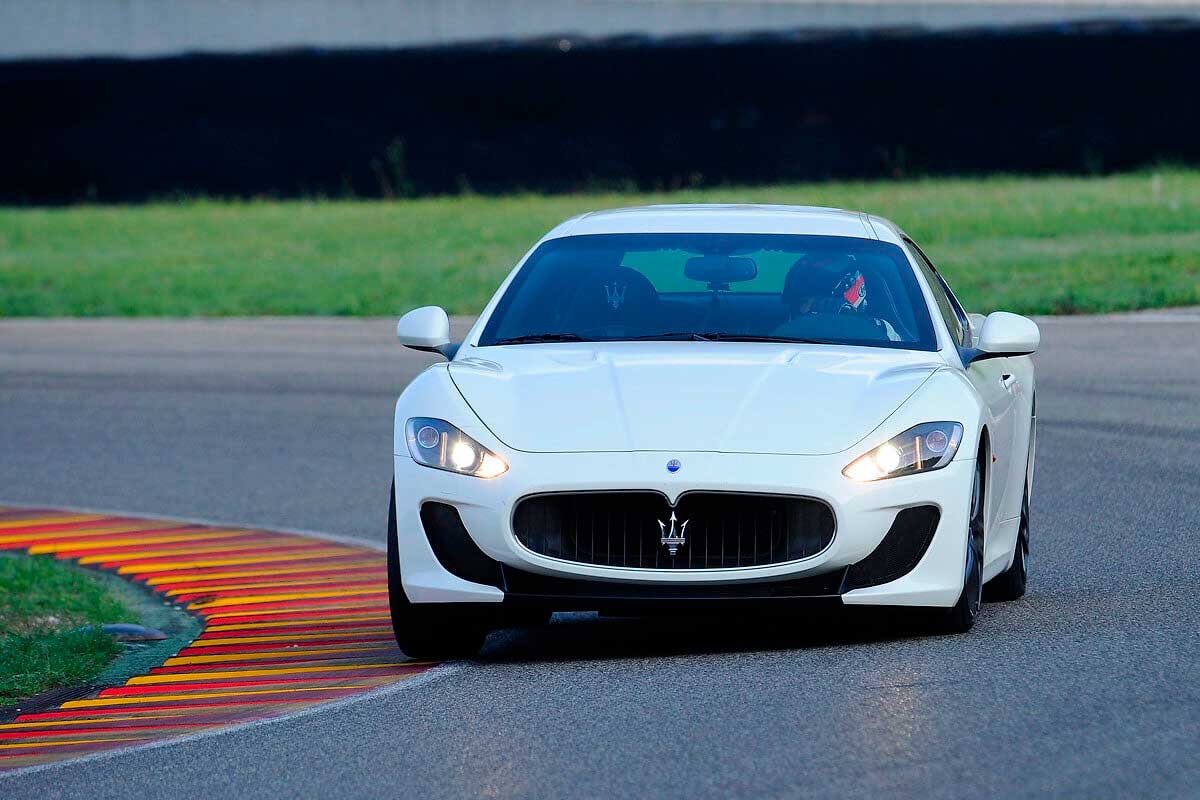
I often say that it's not a real sports car, but rather a sporty tourer. Rest assured, it's not so heavy as to send you into the ditch; in fact, it's lighter than many of today's electric cars. But clearly, the Granturismo's primary vocation is not the racetrack: it prefers winding roads, where it can express all its mechanical nobility.
Which one should you buy?
There are as many versions as there are buyer profiles! That's why prices vary enormously, from €40,000 to over €120,000. Budget buyers will go for the 4.2L, thrill-seekers for the MC Stradale, those who want a near-new car for the 2017 Phase 4, and lovers of the great outdoors for the Grancabrio. Personally, I chose the 440hp 4.7L S version with F1 gearbox, simply because it was the one I wanted... and could afford at the time.
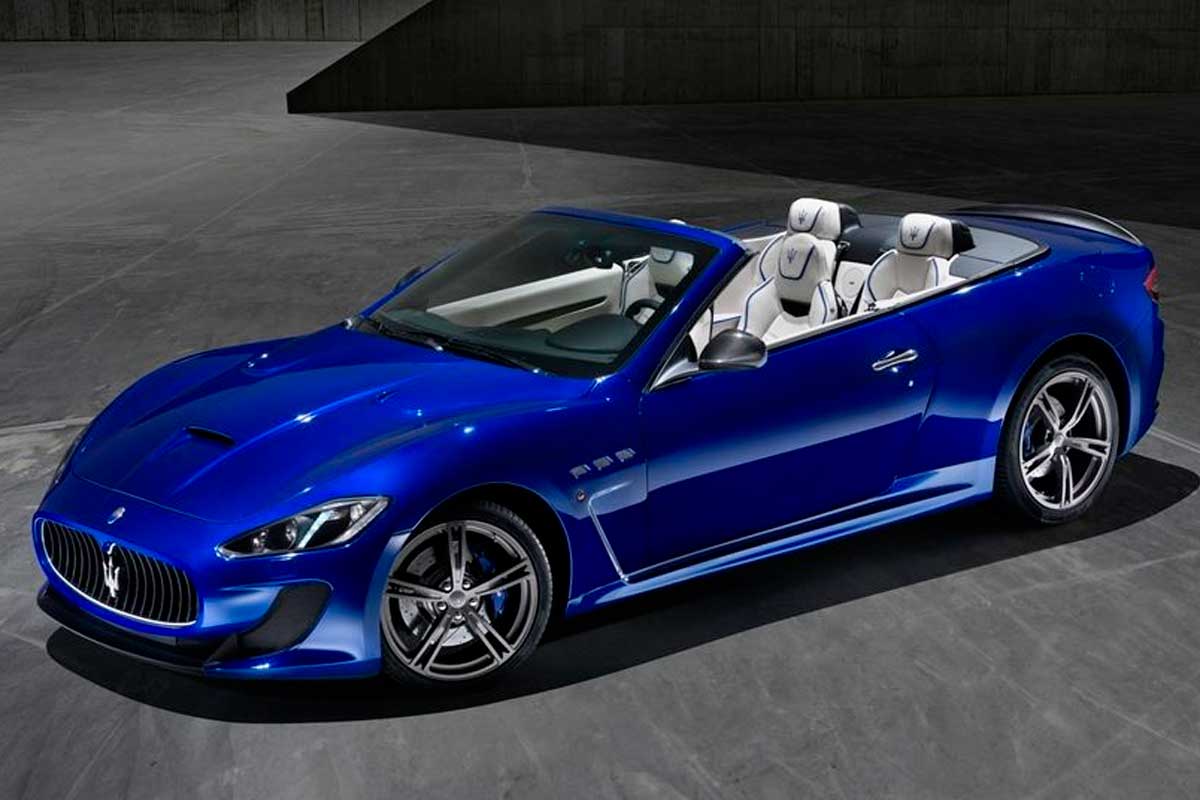
While preparing this article, I looked at the used car ads: today, you can find interesting models starting at €45,000. Below that, you'll generally find 4.2Ls or models with high mileage (over 130,000 km). Why not, as long as maintenance has been carried out seriously and in accordance with the rules. If you're looking for a more recent version, with a modernized interior, you're better off starting at €60,000. And above all, a word of advice: if an ad seems too good to be true, it's probably hiding something.


the sound of this car is magical
I don't see the difference of buying new or used because of repair issues and being the only car to lose its value quicker than any other vehicle.
I totally agree and if I had the cash, I'd buy one right now and use this as a personalised sporting chauffeur experience, as I've seen the red or the electric are sheer class with torque and bhp reaching the stars., the sund and handling is sublime but finding finance for an order model is almost Impossible. However to be behind that wheel, you don't need to drive like a madmen and the sound........ inspirational. Love to Maserati, Thank You. If only you could make this opportunity come true, I'd start a new enterprise and a fleet of Maserati's, me Amore Maserati. CF
Superb Maserati Granturismo, with a dream V8 engine.
Of course, maintenance is quite expensive, but driving a Maserati is different from driving an uninteresting mover like the Peugeot 3008 for the same purchase price.
An "INUTILE" Peugeot 3008?? Vorrei tanto sapere che macchina guidi tu, perché uno che può permettersi di guidare una Maserati non dice sicuramente che la manutenzione è costosa, altrimenti ha preso un mutuo e si fa mantenere dalla mamma....e soprattutto non ha bisogno di parlar male della macchina più che buona per 90% della popolazione. Se hai 18-19 anni allora capisco il commento, se sei più vecchio sei messo molto male.
You won't like the frequency of the repairs and you wouldn't get a collector car. The value fall's like no other car ,faster than EV'S values.
BUONGIORNO IO HO COMPRATO LA 4.2 ANNO 2011 80000KM NUOVA NEANCHE UN GRAFFIO, TUTTI TAGLIANDI MASERATI/FERRARI NON VI DICO QUANTO L'HO PAGATA PERCHE' NON CI CREDERESTE, DICIAMO SOLO CHE IL PROPRETARIO AVEVA UN BISOGNO IMMEDIATO DI CONTANTI. MACCHINA CHE SOGNAVO DA QUANDO E' USCITA, E MI STA' REGALANDO OGNI MATTINA CHE AVVIO IL MOTORE EMOZIONI E FELICITA' COME UN BAMBINO. QUANDO PASSO TUTTI SI GIRANO E TUTTI MI FANNO I COMPLIMENTI, PER QUANTO E' BELLA, STUPENDAAA.
Tengo a Maserati Ghibli diesel 275CV. 150.000 KM. Ni un solo problema, mantenimiento igual que otro vehículo. No sé puede comparar la experiencia de conducir estos vehículos con otros de categoría inferior, la calidad de los materiales, el diseño Italiano, atraer las miradas por dónde pasa...
I don't really understand the comparison. For 40 or 50,000 euros, you can buy anything from new to old. A good electric car, a Cabrio, a real used 4×4, a used GT etc...
For my a99% use of the time, a V8 that's too big is useless to me🙂 for example.
The comparison stops at the title and price between a best-selling new car and a used car.
Salve a tutti vorrei comprare una Maserati Levante 275cv ma dicono troppi difetti per quanto riguarda il motore vm cosa mi potete consigliare grazie
I often say that it's not a real sports car, but rather a sporty tourer.
Man, just say it's grand Turismo - grand tour - comfortable car for long distances with sport in mind. Everyone should now the difference.
A "grand touring" car doesn't mean much to most people. They just think of it as a sports car, that's all.
The first photo is not very accurate.
This version is the V8 4.7 called the Granturismo S Auto.
It has smaller side skirts. 4 exhaust pipes, with around 440 bhp and a ZF transmission and come mostly in these 20 inch rims like the ones you have in your photo. (white)
The 4.2 comes mostly with the 19 inch rims annd has no side skirts.